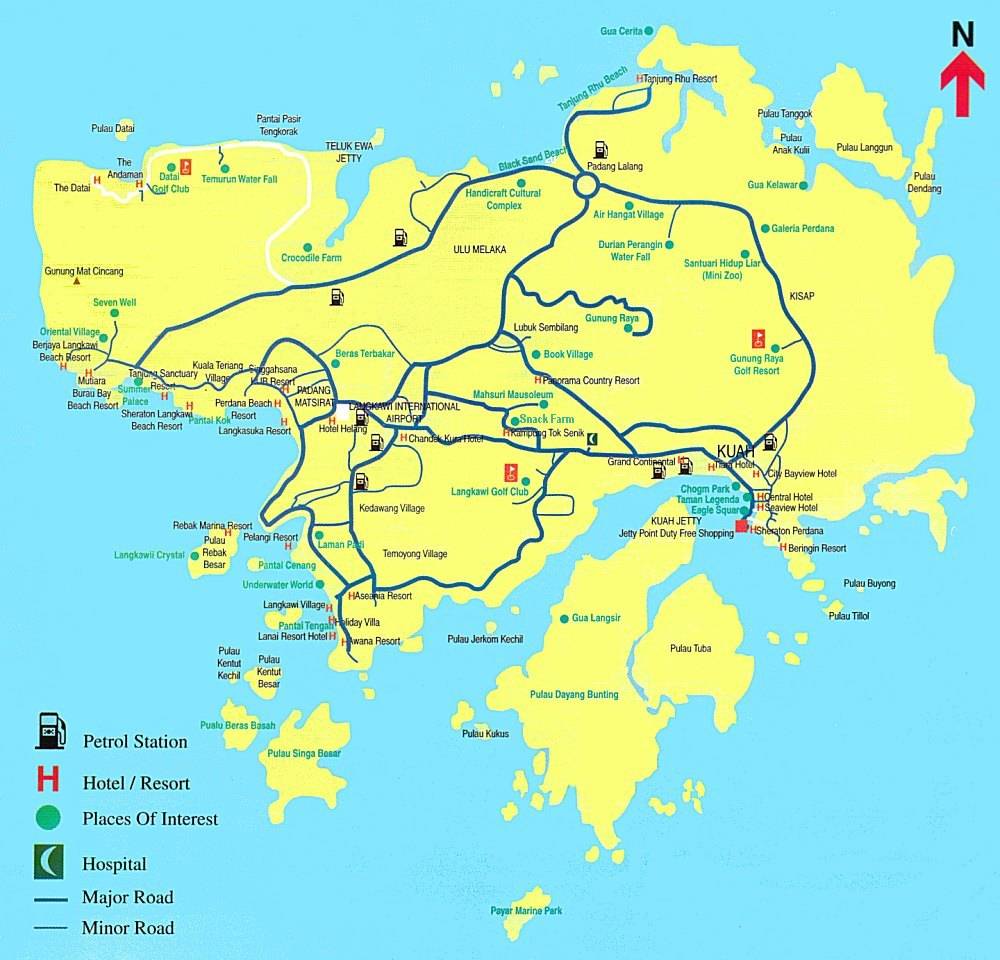

List the three types of tourist and provide an example of each.United Nations World Tourism Organization (UNWTO): UN agency responsible for promoting responsible, sustainable, and universally accessible tourism worldwide.
 Tourist: someone who travels at least 80 kilometres from his or her home for at least 24 hours, for business or pleasure or other reasons can be further classified as domestic, inbound, or outbound. Tourism Industry Association of Canada (TIAC): the national industry advocacy group. Tourism Industry Association of BC ( TIABC): a membership-based advocacy group formerly known as the Council of Tourism Associations of BC (COTA). Tourism: the business of attracting and serving the needs of people travelling and staying outside their home communities for business and pleasure. North American Industry Classification System (NAICS): a way to group tourism activities based on similarities in business practices, primarily used for statistical analysis. Hospitality: the accommodations and food and beverage industry groupings. Fragmentation: a phenomenon observed by some industry insiders whereby the tourism industry is unable to work together toward common marketing and lobbying (policy-setting) objectives. Diversity: a term used by some in the industry to describe the makeup of the industry in a positive way acknowledging that tourism is a diverse compilation of a multitude of businesses, services, organizations, and communities. Destination marketing organization (DMO): also known as a destination management organization includes national tourism boards, state/provincial tourism offices, and community convention and visitor bureaus. Destination Canada: the national government Crown corporation responsible for marketing Canada abroad, formerly known as the Canadian Tourism Commission (CTC). Destination BC: the provincial destination marketing organization (DMO) responsible for tourism marketing and development in BC, formerly known as Tourism BC. Canadian Pacific Railway (CPR): a national railway company widely regarded as establishing tourism in Canada and BC in the late 1800s and early 1900s. British Columbia Government Travel Bureau ( BCGTB): the first recognized provincial government organization responsible for the tourism marketing of British Columbia.
Tourist: someone who travels at least 80 kilometres from his or her home for at least 24 hours, for business or pleasure or other reasons can be further classified as domestic, inbound, or outbound. Tourism Industry Association of Canada (TIAC): the national industry advocacy group. Tourism Industry Association of BC ( TIABC): a membership-based advocacy group formerly known as the Council of Tourism Associations of BC (COTA). Tourism: the business of attracting and serving the needs of people travelling and staying outside their home communities for business and pleasure. North American Industry Classification System (NAICS): a way to group tourism activities based on similarities in business practices, primarily used for statistical analysis. Hospitality: the accommodations and food and beverage industry groupings. Fragmentation: a phenomenon observed by some industry insiders whereby the tourism industry is unable to work together toward common marketing and lobbying (policy-setting) objectives. Diversity: a term used by some in the industry to describe the makeup of the industry in a positive way acknowledging that tourism is a diverse compilation of a multitude of businesses, services, organizations, and communities. Destination marketing organization (DMO): also known as a destination management organization includes national tourism boards, state/provincial tourism offices, and community convention and visitor bureaus. Destination Canada: the national government Crown corporation responsible for marketing Canada abroad, formerly known as the Canadian Tourism Commission (CTC). Destination BC: the provincial destination marketing organization (DMO) responsible for tourism marketing and development in BC, formerly known as Tourism BC. Canadian Pacific Railway (CPR): a national railway company widely regarded as establishing tourism in Canada and BC in the late 1800s and early 1900s. British Columbia Government Travel Bureau ( BCGTB): the first recognized provincial government organization responsible for the tourism marketing of British Columbia. 
So let’s begin our exploration in Chapter 2 with a closer look at a critical sector: transportation. Given this opportunity for greater awareness, it is hoped that students like you will help share this information as you learn more about the sector.







 0 kommentar(er)
0 kommentar(er)
